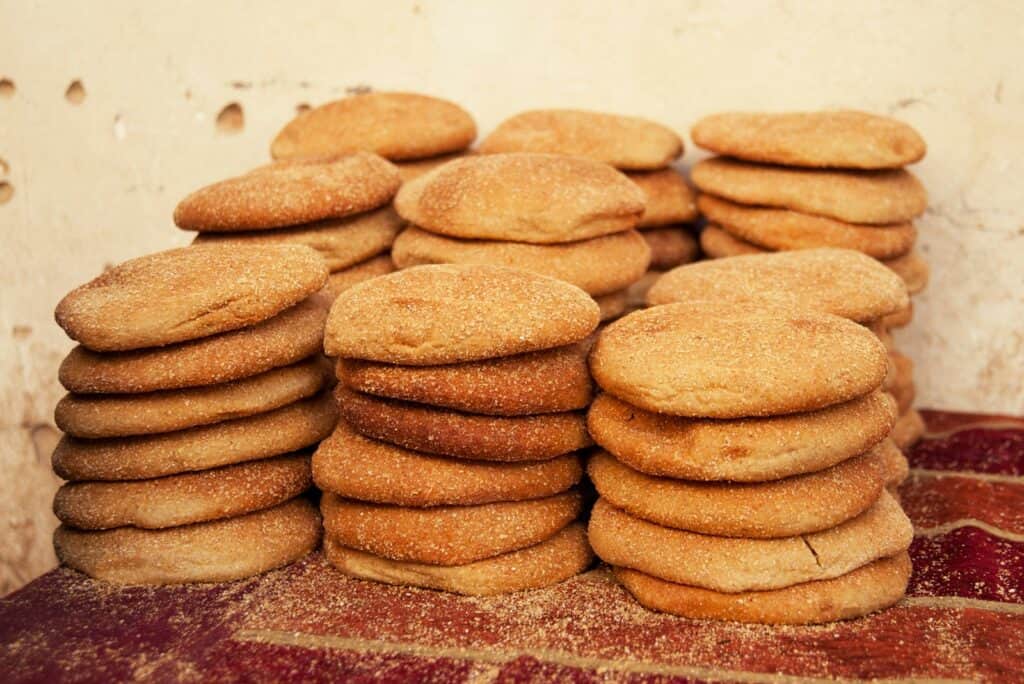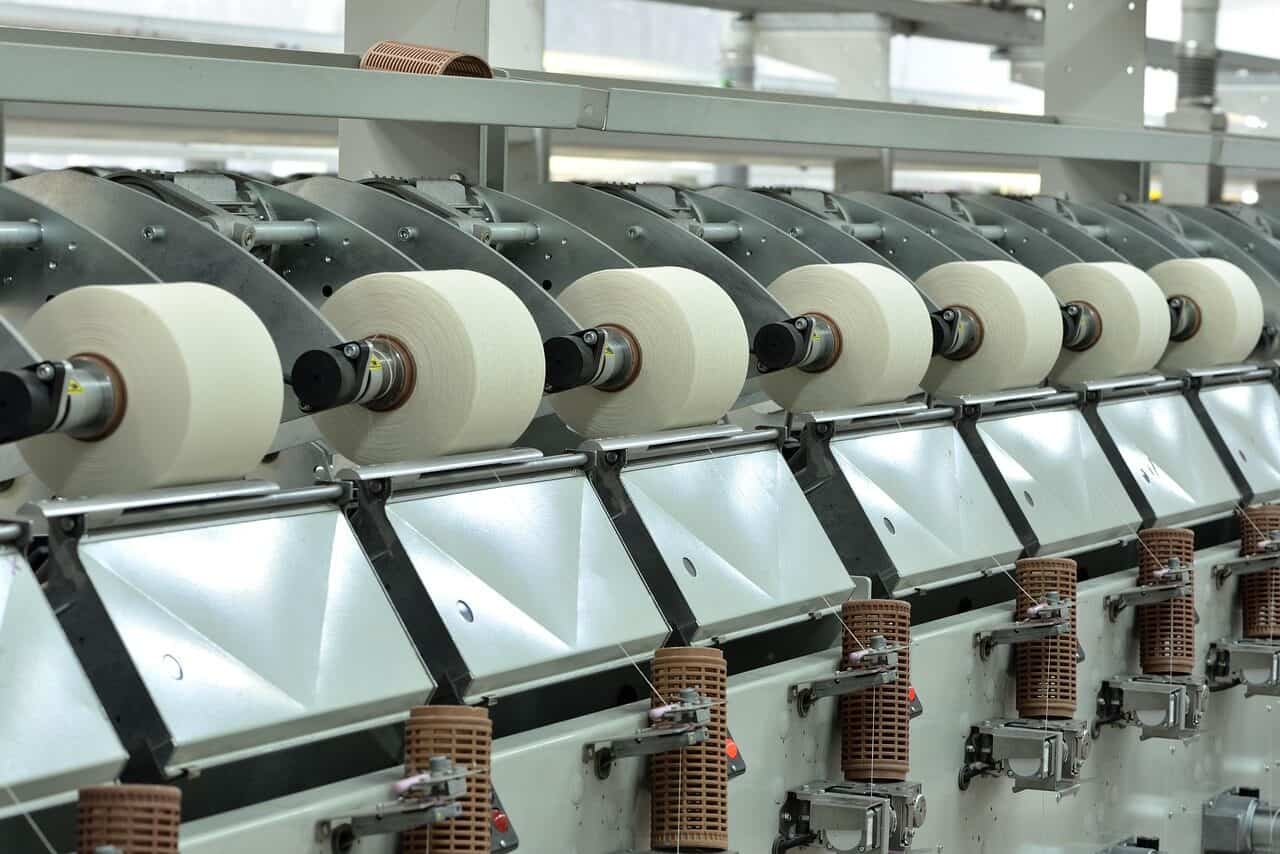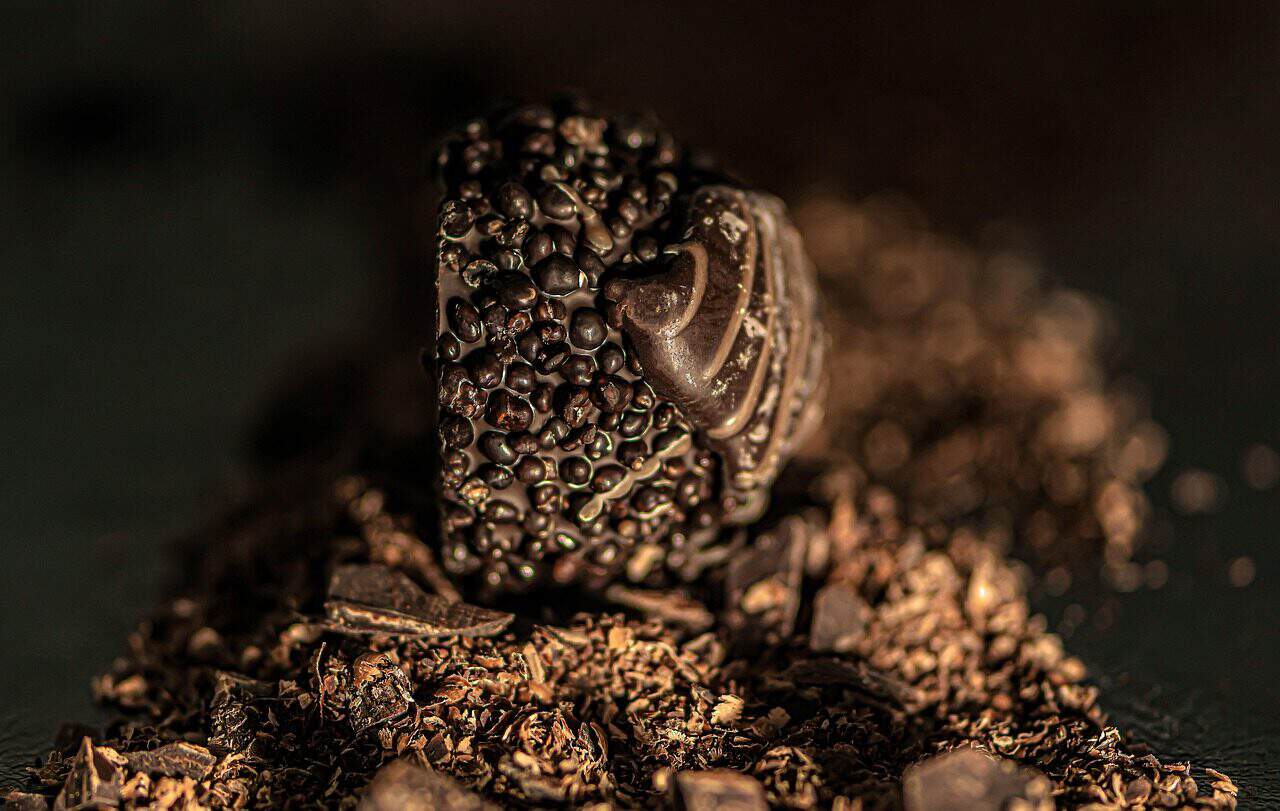The Complete Cookie Maker Handbook: From Owning to Making Cookies Perfectly
Did you ever make several cookies that looked like pancakes after baking unbaked odd shapes? By the way it seems that you are not the only one here to join you in this misadventure. Most of the home bakers dream of making each and every cookie as perfect and standard; looking just like it was made at some professional bakery.
Do you want to know how your cookie maker can fix things? Accomplishing whole spirals of dough, and rolling and cutting it into cookies just to find that they are interconnected is not the best way to spend your time. A cookie maker is the one that is solving this classic baking problem.
The guide is here to teach you about everything from proper form to advanced troubleshooting. You can pick and learn the most suitable way to master a cookie maker depending on your level of experience. Besides, we will treat you with some advanced tips for you to utilize in your work.
The Cookie Maker in Summary
An Overview of the Cookie Maker
The cookie maker is a simple machine that mechanically forms a particulated disc of the dough through a certain shape that is already imprinted on it. This is also called a cookie press or cookie gun. Once the process is completed, the maker presents a set of cookies with the shapes being identical and also equipped with a sort of design.
A cookie cutter cuts particular shapes out of a roll of dough. The press, on the other hand, operates from a different principle. It puts the cookie directly on the baking sheet. So you are able to use it faster, more consistently, and detailed than the scoop alone ever can.
The Three Basic Cookie Makers
Cookie makers are generally classified into three different types, based on the mechanism and their best uses. Finding the primary difference among them is the key to selecting the appropriate tool for your baking style.
Type | How it Works | Best For | Pros | Cons |
Manually Operated Cookie Press | A cylinder is filled with dough; a plunger or trigger mechanism pushes it through a disc. | Spritz cookies, cheese straws; bakers who want control. | Precise control, no batteries/cords, generally durable. | Requires hand strength, can be slower for large batches. |
Electric Cookie Press | Motor-powered plunger pushes dough out with the press of a button. | Large batches, bakers with limited hand strength. | Fast, effortless, consistent pressure. | Requires batteries/outlet, can be bulkier, less control over speed. |
Silicone Cookie Molds | Dough is pressed into shaped cavities in a flexible, non-stick mold. | Intricate 3D shapes, filled cookies, alternative baking. | Extremely detailed designs, easy to clean, versatile. | Not a “press,” baking can be less even, less traditional texture. |
Selecting the Ideal Cookie Maker for You
A successful purchase is the first step to pleasant and successful baking. If you want to choose a cookie maker that meets your needs and features lasting value, consider the following essential factors.
Material, Durability, Food Safety
The choice of material in the cookie maker is important for its performance and longevity. Stiff doughs are best handled with metal. Plus metal is more durable.
The best option is food-grade stainless steel. The right specifications to look for are either 18/8 or 304 grade steel. Both these materials are food-safe and will serve you for many years.
- Stainless Steel: Pros: Longevity, the ability to work with cold/stiff dough, food-safe. Cons: Heavier, pricier.
- Anodized Aluminum: Pros: Little weight, decent durability. Cons: May fade with time.
- Plastic: Pros: Lightweight, affordable. Cons: Risk of cracking, sometimes it is hard to work with stiff dough.
Capacity vs. Ease of Use
The volume of the barrel is what limits your capacity to a single refilling cookies. This is simultaneously a point of efficiency and comfort.
The advantage of a large barrels is in their need of fewer refills, thus make it easier for you. However, they tend to be heavier and more difficult to manage, especially for you who may have smaller hands.
You should ask yourself if you often bake for big family events or your small household only. Your answer will help you understand if the extra weight of a high-capacity model is worth it or not.
Discs, Nozzles, and Forms
To me, all of the cool shapes that the cookie artist can do makes the cookie maker a lot more fun. The included vice is of good quality and makes a good selection.
Check for sets that have traditional symbols such as wreaths, trees, and flowers. Of course, all-season shapes should be included as well. Metal discs are the most effective as opposed to plastic forms. They are stronger and yield more precise edges.
A few of the costly models have icing nozzles integrated into them. This one addition will make the tool much more friendly. It will then serve for cake decoration and filling pastries.
Simplicity of Use and Cleaning
A device is usable only if you have fun using it. Services that furnish you with the ease of handling and cleaning are a key factor for a great experience.
Devices with screw-off attaching rings that are really lower in number make cleaning a much easier task. Complicated locking systems can trap dough and become frustrating.
This sample chart could help to evaluate models:
- Ergonomic Handle: Is it comfortable to hold and operate?
- Clear Barrel: Can you see how much dough is left?
- Disassembly: Does it come apart completely for thorough cleaning?
- Dishwasher Safe: Are the parts dishwasher-safe? Our recommendation is still to hand-wash them for a longer lifetime.
Operating Your Cookie Maker
Using a cookie maker is a fun way to make sure you spend the day with the right dose of knowledge and skill. If you use the right techniques and practice well enough, you can in fact avoid common issues and achieve perfect results with your first cookies.
Step 1: Finding the Dough Consistency
The biggest reason that cookie presses fail is due to the wrong dough consistency. Your dough must be soft and easy to work with. But it can’t be too sticky or greasy.
Don’t add large mix-ins like chocolate chips, nuts, or dried fruit. These will clog the disc.
The ball of dough must feel like play-dough. It should keep its shape when you form it into a ball but let you press it easier.
Here’s the tried and true recipe for spritz cookie dough; it works great every time!
Classic Butter Spritz Cookie Dough
Ingredients:
- 1 cup (227g) unsalted butter, softened but still cool
- ⅔ cup (133g) granulated sugar
- 1 large egg
- 1 tsp vanilla extract
- ½ tsp almond extract (optional)
- 2 ¼ cups (270g) all-purpose flour
- ½ tsp salt
Instructions:
- Cream the softened butter and sugar in a large bowl until light and fluffy.
- Beat in the egg and extracts until well combined.
- Whisk together the flour and salt in a separate bowl.
- Gradually add the dry ingredients to the wet ingredients. Mix on low speed until just combined. Don’t overmix.
- The dough is ready for your cookie press. Don’t chill it.
Step 2: Properly Loading the Press
Air pockets are caused by the improper loading of the dough, which is the main reason for half-formed and inconsistent cookies.
- Take your prepared, room-temperature dough.
- Roll it into a log shape slightly smaller than the press barrel.
- Insert the dough log into the barrel.
- Gently press it down with your fingers or a spoon to remove trapped air.
Step 3: The Pressing Technique
Most new users make mistakes during the pressing motion.
You should firmly hold the press and place it directly on an ungreased, unlined, cool baking sheet. In fact, the dough has to adhere to the pan in order to free it from the press successfully. The use of parchment paper or a greased surface prevents this.
When using a manual press, you’ll sense slight resistance since the dough is sticking to the pan. At this point, you should lift the press straight up cleanly. Do not pull or twist. Use a quick, decisive upward motion.
Dos and Don’ts
- Do: Use a cool, bare metal baking sheet.
- Don’t: Use parchment paper, silicone mats, or non-stick pans.
- Do: Press the trigger or plunger once for one cookie.
- Don’t: Double-click or press halfway.
- Do: Lift the press straight up after each cookie.
- Don’t: Drag or tilt the press as you lift.
Cookie Maker Troubleshooting Guide
Despite having perfect skills, issues may arise. This guide gives a quick way out of the most common problems so that you save time and avoid frustration.
Common Problems and Solutions
The main problems come from dough inconsistency, temperature, or the baking surface. Use this chart to quickly identify and resolve the concerns.
Problem | Likely Cause(s) | Solution(s) |
Dough won’t stick to the pan. | Pan is greased, warm, or non-stick; Dough is too cold/stiff. | Use a cool, ungreased, unlined metal baking sheet. Let dough soften slightly at room temp. |
Cookies are misshapen. | Air pockets in the barrel; Lifting the press too slowly or at an angle. | Reload the barrel, packing dough tightly. Use a quick, decisive “press and lift” motion. |
Dough oozes from the top. | Dough is too soft; Plunger seal is worn. | Chill dough for 15-30 minutes. Check the plunger for wear and tear. |
Trigger/plunger is stuck. | Dough is too stiff; Mechanism is clogged with dried dough. | Let dough soften. Disassemble and thoroughly clean the mechanism. |
Care, Cleanliness, and Proper Storage
The proper maintenance of your product is the best way to protect it against damage. The right way to achieve a long lifespan for your cookie maker is by ensuring that it works without fail over the years.
The Deep Cleaning Process
Clean your press immediately after usage. This will stop dough from drying and hardening inside.
- Disassemble the cookie press completely. Remove the plunger, barrel, and end cap.
- Clean out any leftover dough.
- Wash all parts in warm, soapy water.
- Use a small bottle brush or old toothbrush to clean the inside of the barrel. Scrub the designs on the discs.
- Rinse all parts thoroughly.
- Allow all components to air dry completely before reassembling them. This will prevent rust or mildew.
Smart Storage Solutions
Cookie presses are attached with many small parts especially the discs. Organizing them will eliminate missing part issues.
If possible, store the press and accessories in the original box. Otherwise, a dedicated container is all you need.
- A small, compartmentalized craft organizer works perfectly for discs and nozzles.
- A clean, small tackle box also works well.
- Keeping all parts together means you’re always ready for your next baking session.
Other Smart Uses for Your Press
With its surprising versatility, a cookie maker must not only be regarded as a sweet treat maker. Think of it in different ways.
Thinking Outside the Box
We have put these creative uses to the test and they proved to be of great help in making your tool even more valuable.
- Savory Cheese Straws: A star disc can be used with the cheese-based dough to create formal appetizers that are quickly piped and look great in the oven.
- Duchess Potatoes: The press can be filled with smooth mashed potatoes-mix. Use a large star disc to pipe stylish portions for a fancy side dish.
- Meringue Kisses: A stiff meringue mix is used in the press to make so many assorted forms of meringue kisses and then they are baked or used as decoration.
- Butter Decorations: Use a ribbon or star disc to present herb compound butter by piping it through it.
A Partner to your Baking
Prominent Points and Your Encouragement
Having a cookie maker in your kitchen will change your baking forever. Concentrate on a couple of key principles, and you will achieve professional-looking results each time.
Always remember three things: go for a durable material, get the consistency of the dough right, and always press onto a cool, ungreased baking sheet.
You should view your cookie maker as being much more than a simple gadget for the kitchen. It is a fun, reliable companion on your journey into the world of wonderful baking.
Reference Links:









